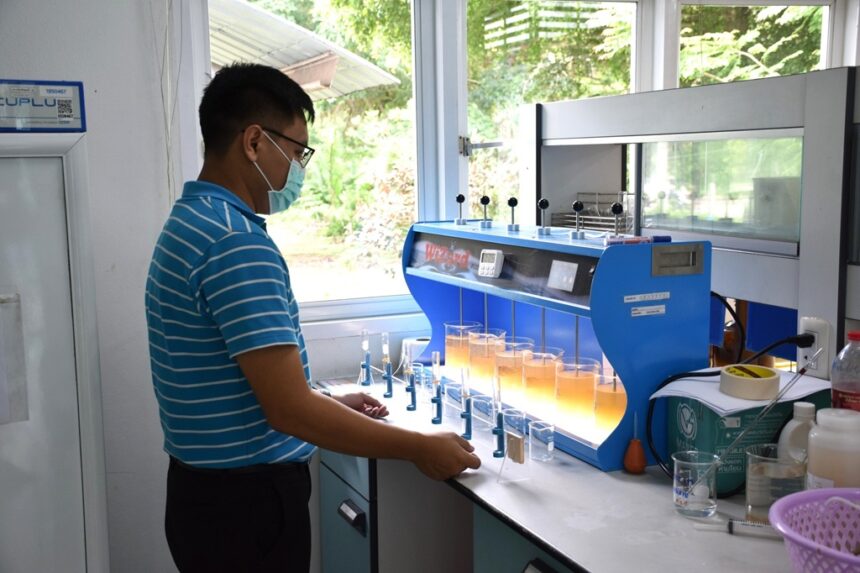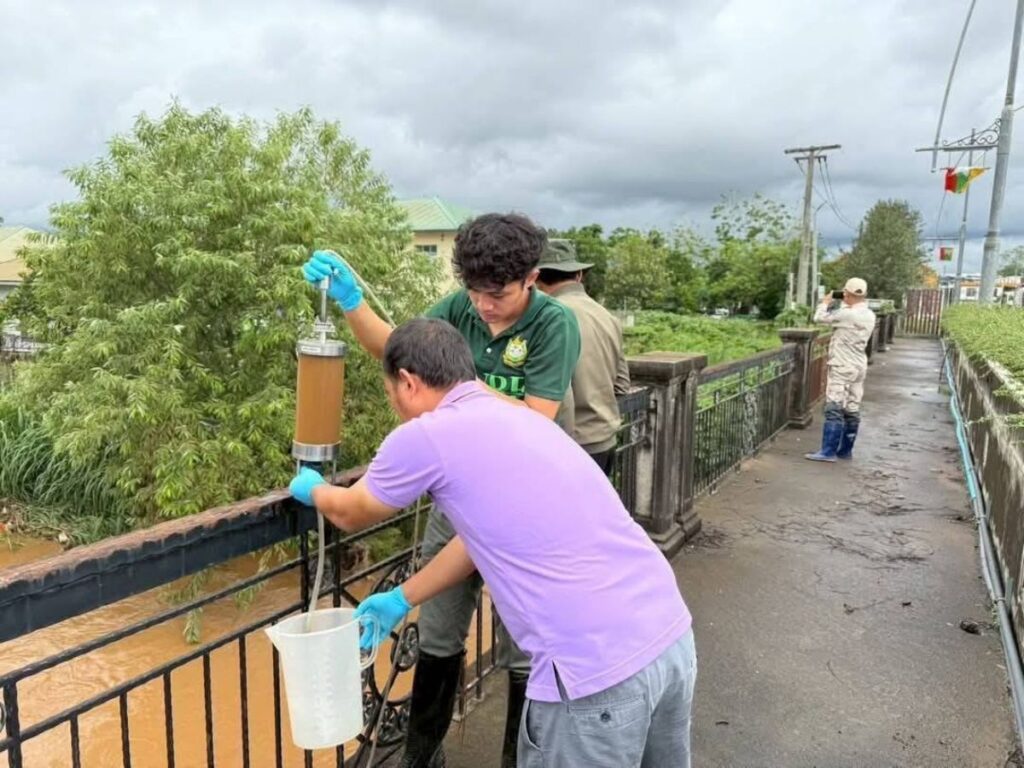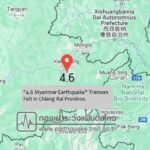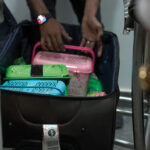CHIANG RAI – The Provincial Waterworks Authority reports levels of arsenic and heavy metals from gold mining in Shan State, an area influenced by Wa control, have not decreased, even after more than two months. This ongoing issue has forced local authorities to work to remove arsenic from tap water and reassure people about water safety.
Mr. Phongsak Diewwilai, Director of Provincial Waterworks Authority Region 9 in Chiang Mai, spoke about the tap water quality in the areas under his care, which include Chiang Rai and Chiang Mai. These areas use raw water from the Kok River.
Tests have found arsenic and heavy metals in the surface water above safe limits, linked to gold mining in Shan State. Polluted water from the mining has flowed into the Kok River, impacting water users on the Thai side.
Recent checks of water quality in the Kok and Sai Rivers still show unusual cloudiness and arsenic levels above safe limits. These findings have remained consistent from December 2024 until now, with the issue lasting at least six months.
Arsenic Still Prevalent in River Water
The arsenic found affects the water production in areas using raw water from the Kok River, especially Mueang Chiang Rai and Wiang Chai Districts, supplied by the Chiang Rai Provincial Waterworks, and from the Sai River in Mae Sai District.
Raw water is also taken from the Ruak River to supply taps in Mae Sai, Wiang Phang Kham, Ko Chang, Pong Pha and Sri Muang Chum. All these areas now get daily raw water quality checks as a precaution.
To remove arsenic (As) from water when levels exceed the standard (0.010 milligrams per litre), Mr. Phongsak explained the process. Raw water from the Kok and Sai Rivers is first stored in holding ponds, where chemicals are added to adjust the water and help remove heavy metals. They monitor water quality to meet safety standards before supplying it to households.
He assured the public that tap water in Chiang Rai and Mae Sai goes through treatment and thorough checks to guarantee it is safe to use and drink. The water authority will keep these measures in place until arsenic and heavy metals are no longer found in the Kok, Sai, Mekong, or any other tributaries.
In the treatment process, chemicals are added and carefully measured to prepare the water and help solids settle out. Water first goes through a rapid-mixing stage so chemicals can blend with the raw water. Chlorine is used to remove arsenic and to help heavy metals settle.
Sodium hydroxide adjusts the pH to the right level. pDADMAC and PACL are added to separate solids and heavy metals from the water, making it easier for them to sink.
Water moves through filtration tanks.
Once the water is treated and ready, it goes through a slower mixing stage that allows the solids to clump together and become heavier, so they fall to the bottom of the tank. In Chiang Rai’s system, they keep turbidity below 3 NTU, while Mae Sai’s system keeps it under 4 NTU.
After this, the clarified water moves through filtration tanks, where it passes through sand to remove any remaining fine particles. The water then goes through a final chlorine disinfection step before being stored in clear water tanks, ready to be sent out to homes.
The Pollution Control Department recently checked water and sediment in the Kok River and its main tributaries (Fang, Lao, Korn, Sruay, Sai, and Mekong Rivers). Between 12-16 May, tests at 15 sites found that 11 had arsenic levels above the limit (0.010 mg/L).
These locations include the Thai-Myanmar Bridge in Tha Ton, Mae Ai (0.030 mg/L), Mae Nawng-Tha Ton Friendship Bridge (0.026 mg/L), and several others in Chiang Rai and Chiang Mai, all with results above the standard.
Tests in the Mae Sai River also showed three out of three sites with excessive arsenic: Ban Hua Fai in Mae Sai (0.023 mg/L), the second Mae Sai Friendship Bridge (0.024 mg/L), and Ban Pa Sang Ngam in Ko Chang, Mae Sai (0.017 mg/L).
Similarly, two Mekong River locations exceeded safe levels. These were in Wiang, Chiang Saen (0.026 mg/L), and Ban Saeo, Chiang Saen (0.025 mg/L).
















